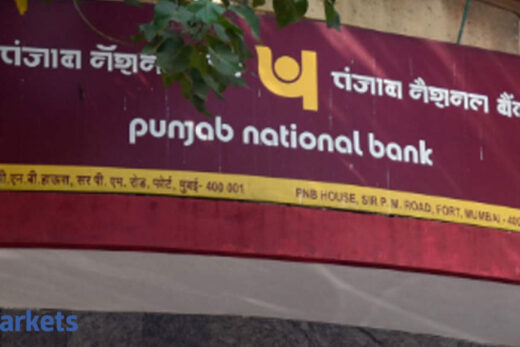From bracing for interest rates in major economies to head northward sooner than later, global bond markets on Thursday took a 360-degree turn.
With a new and possibly even more deadly variant of the coronavirus being detected in South Africa, Botswana and Hong Kong, a fresh outbreak of the disease may well be on the cards. When this is coupled with a recent resurgence of Covid-19 in Europe — which has been accompanied by attendant restrictions on activity — the risk to global growth has intensified significantly.
The price action in global bond markets on Thursday showed this. Instead of getting ready for imminent policy normalisation, the bond markets seemed to be expressing the view that monetary accommodation would stay for a while longer. Yields on 10-year US Treasury papers nosedived a whopping 12 basis points on Thursday and were last at 1.51 per cent.
Clearly, investors are betting on the helping hand of central bank interventions to return.
THE INDIAN STORY
Indian sovereign bonds on Thursday enjoyed their best day in three-and-a-half weeks, with yield on the 10-year benchmark 6.10 per cent 2031 paper dropping four basis points.
Prior to the detection of the fresh variant in South Africa, a strong view in the market was that the Reserve Bank of India would start the process of raising interest rates at its next policy statement, on December 8, by raising the reverse repo rate and, therefore, narrowing the width of the liquidity adjustment facility corridor.
The central bank has already paved the way for the step as the quantum of funds withdrawn and the cutoff rates set at variable rate reverse repo operations has pushed rates on money market instruments closer to the repo rate of 4 per cent rather than the reverse repo rate of 3.35 per cent.
However, even as money markets may have aligned to the new expectation of the reverse repo rate, the act of raising it would itself have significant implications – namely that the ultra-loose accommodation is now well and truly going to be reversed. Because one would hardly expect the central bank to reverse its stance once it has officially started the process of lifting interest rates.
Now, however, market players are betting that there is a strong possibility that Governor Shaktikanta Das will keep all rates on hold and say that the central bank wishes to obtain more clarity on the global situation (and the spillovers for India) before raising any benchmark rates.
For India, another salutary impact of the new risk to global growth is a decline in international crude oil prices. Even as the government has reduced excise duty on petroleum products, the extent of the rise in oil prices over the last couple of months had emerged as a significant risk to domestic inflation, while worsening the outlook on the trade deficit.
Crude oil futures on the New York Mercantile Exchange slumped 3 per cent on Thursday, while Brent crude, the global benchmark, shed 2.2 per cent.
“The market’s view is changing; that is clearly perceptible from today’s move,” ICICI Securities Primary Dealership’s head of trading and executive vice-president Naveen Singh said. “There was almost a consensus that the reverse repo will be hiked, especially as market rates have aligned to a higher rate. But now there is a view that the RBI will maintain the status quo and wait for more details about whatever is happening in Africa and Europe. Because they cannot hike and then cut again if Covid were to worsen.”
While the yield on the 10-year benchmark bond may face hurdles when it comes to falling below the psychologically significant 6.30 per cent mark, for now, traders do not see it revisiting the 6.40 per cent mark, where it was hovering around a couple of weeks ago.
Hardening inflation can take a backseat for now, bond traders seem to be saying. The spotlight has once again squarely turned on protecting economic growth from what seems to be a hydra-like disease – two new heads sprout whenever one is severed.



